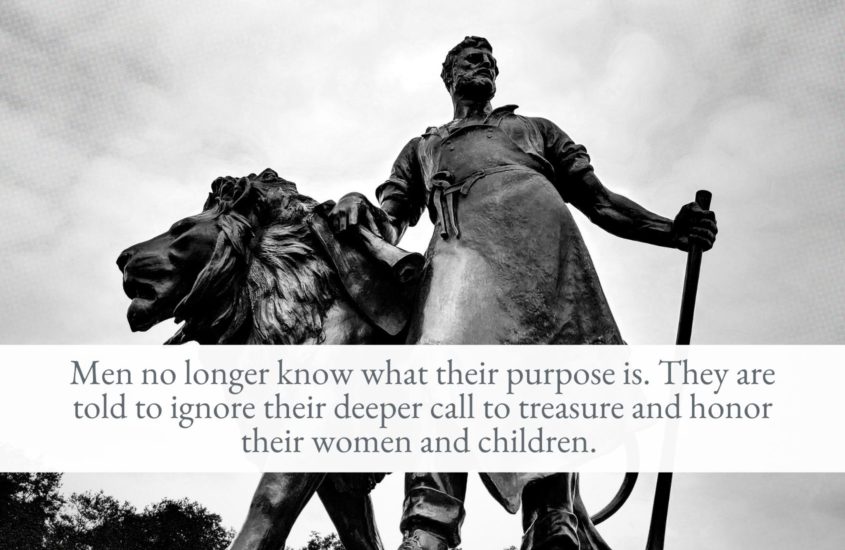Is Chivalry Dead or Missing in Action?
Christie Smith | PC: Unsplash
PC: UnsplashChivalry: the sum of the ideal qualifications of a knight, including, courtesy, generosity, valor, and dexterity in arms, the rules and customs of medieval knighthood.
In recent times, we have been told that many traditions once held dear and believed to be permanent fixtures in their necessity to human flourishing are in fact…dead. Stories, articles, and headlines have proclaimed that everything from baseball to God have supposedly had their day and sadly passed away. Of course, none of that was actually true, God and baseball are still very much alive. Yet, the assertions certainly had the provocative effect of grabbing public attention.
One tradition, in particular, was pronounced dead long ago, in 1823, by a certain British lord of some renown. Lord Byron, romantic English poet, asserted that Chivalry, time honored social code of gentlemanly conduct and unparalleled bravery, was indeed dead. (He also believed Don Quixote was personally responsible for the death, but that is a topic for another day.) Byron was convinced at least and moved enough to say so. His sentiments have seemed to grow in acceptance as time has passed.
But, was he right? Is Chivalry dead? Is it even important or pertinent to ponder the poets claim? I mean, if Chivalry was dealt its death blow in the still courtly days of the mid-19th century can there be any relevance or even any interest in its being revived in our day? If it did revive, would its presence be more of a freak in a side show or a treasured artifact worth preserving and restoring?
I suggest the latter. I contend that Chivalry is not dead, it is missing-in-action, and there are many who would wish to see it restored to its proper place, both men and women. This desire is driven by a world gone upside down, in which the definitions of the biological and natural order are up for grabs. If the current cultural zeitgeist is to be obeyed, I am supposed to feign surprise that my female cat had the kittens and not her partner. In this societal malaise, the primordial call is ever deepening for a sense of order, valor, and truth.
This hunger for the chivalric was brought very much to the world’s attention during the beginning days of the current conflict in Ukraine. The visceral reaction of feminist indoctrinated western women in seeing the videos and photos of strong, young men putting their wives, mothers, sweethearts and children into the backs of trucks while they stayed to defend their homeland was quite telling. In short, they liked it. Even more liberal Tik Tok-ers could fail to be moved by the sight of such gallantry and said so publicly. Turns out even “boss babes” have an internal craving for protection and bravery in their men. Girl power seemed rather anemic in comparison.
Men also hunger for the chivalric. Men no longer know what their purpose is. They are told to ignore their deeper call to treasure and honor their women and children. They are ridiculed for the very things that make them who they are. They are being told to pretend that they are not who they were created to be. Very few men do not secretly desire the very qualities laid out in the Chivalric codes. They have simply been told to bury them and forget them.
In marketing terms, one could say, there is a demand, and probably a much larger one than many would anticipate. We want what Chivalry promises. That courtesy, generosity, valor, and dexterity in arms is sounding pretty good in the societal morass in which we are currently flailing.
The question then is, if there is a demand, will we as a culture rise to meet it? Will we begin to look again to the ancient ways for truth and guidance? Will we guide our young men towards valor and courtesy? Will we teach our young women to honor those qualities we secretly admire? I believe we can. And, I believe we will, as the culture becomes more cloudy and unstable, look back to the nobler ideals from the past and realize that they never were dead. They were simply lost for a time, a hidden treasure worth finding and restoring.






